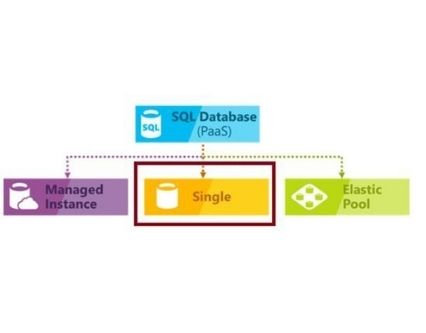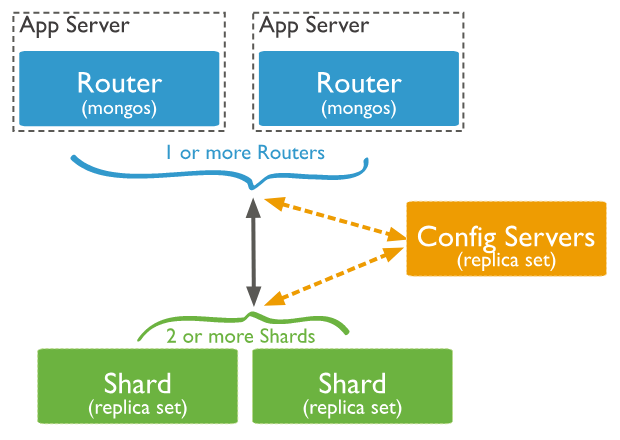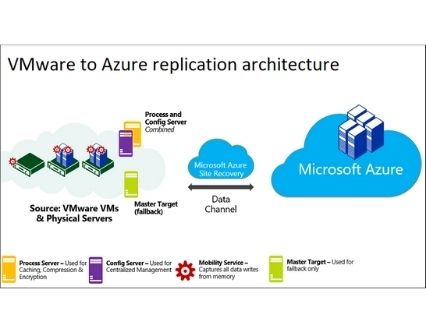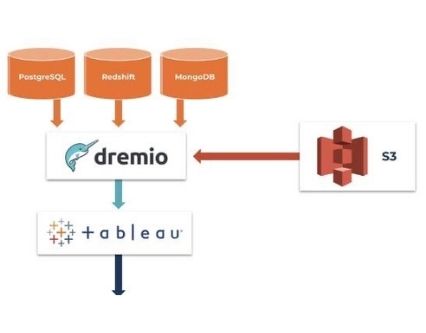- Nogle spørgsmål?
- +45 22 81 68 52
- info@scandiplan.dk
Azure SQL Database



What is Azure SQL Database
Azure SQL Database is a cloud-computing database service (Database as a Service), that is offered by Microsoft Azure Platform which helps to host and use a relational SQL database in the cloud without requiring any hardware or software installation. Also, it provides various advanced features to its users and some of them can be listed as the following;
- Long-term backup retention enables us to keep backups for up to 10 years
- Geo-replication provides to create readable secondary databases in different data center locations
- Automatic tuning is an autonomous artificial intelligence-based performance tuning option that fixes the performance problems automatically
- Business continuity
- High-availability
- Scaling database resources feature is the most powerful feature that provides scaling the database resources either up or down
- Automated backups
How to Create an Azure SQL Database
In this section, we will learn to create a SQL Database in Azure but before starting this, we will first need an Azure user account. Microsoft allows creating an Azure free account with some credit so if you don’t have an Azure account you can use this option. After logging into Azure, we will click the Go to the Portal link and navigate to the Azure Management Portal.
Many organizations have an aging or under-engineered data platform strategy. There’s been a significant trend of moving existing systems to the cloud, building new applications quickly with the cloud, and offloading some on-premises costs. You need a plan for how to move some workloads to the cloud. And you need to understand how to set up your organization for success. You also need to understand how the role of a database administrator (DBA) or data professional stays the same, and what changes you’ll have to make.
In this module, you’ll start with a brief history of why and how Microsoft built Azure. You’ll then learn about the various deployment options and service tiers, including what to use for your organization, and when. These options include Azure Database, Azure Managed Instance, and SQL Server in an Azure virtual machine. Understanding what platform as a service (PaaS) encompasses and how it compares to a traditional SQL Server environment will help you understand what you do and don’t get when you move to the cloud.



